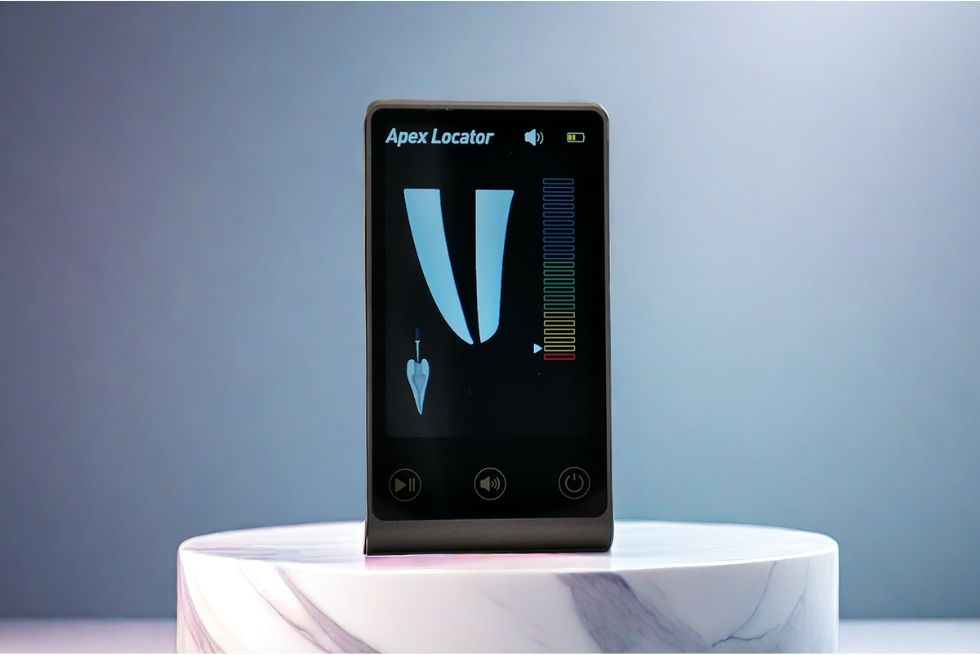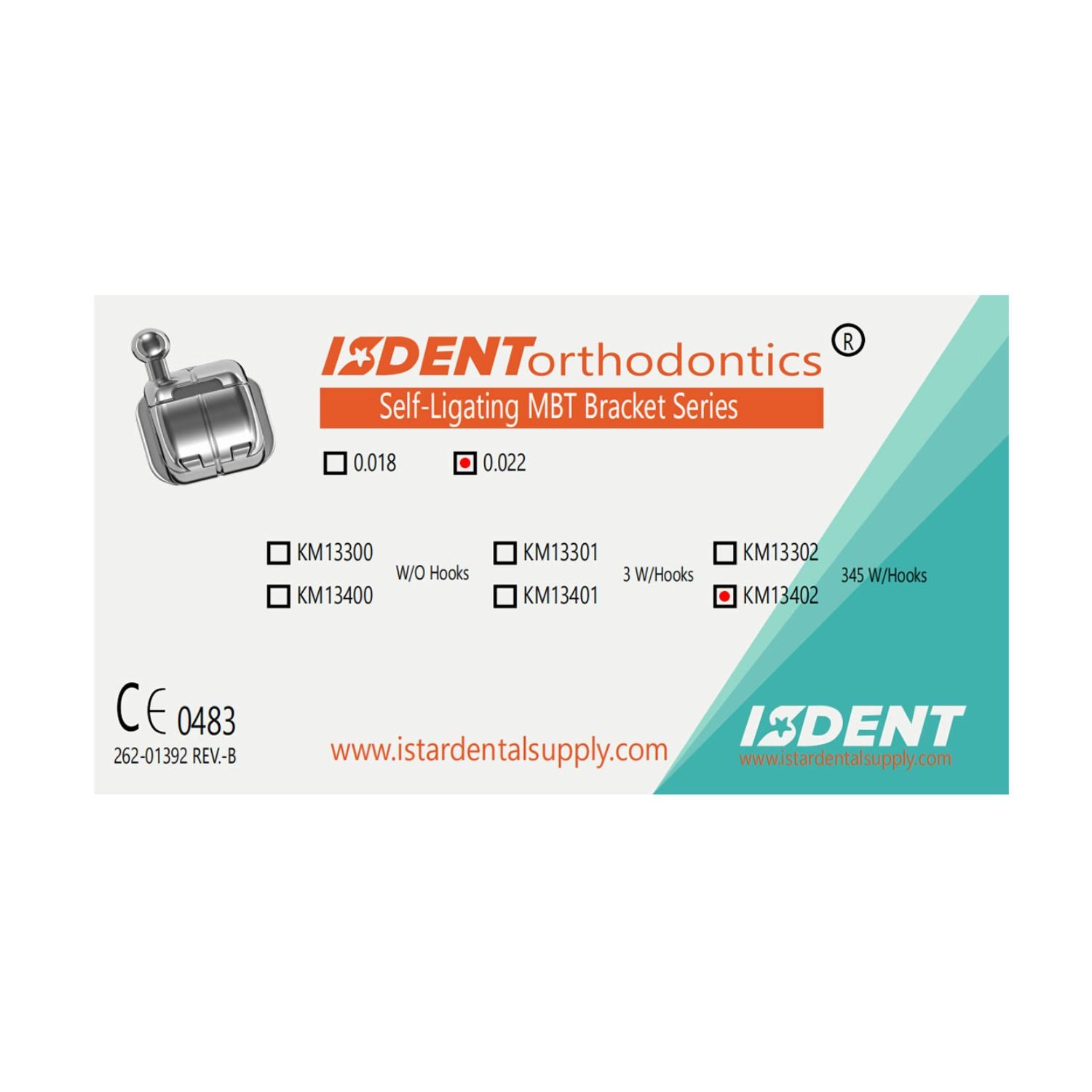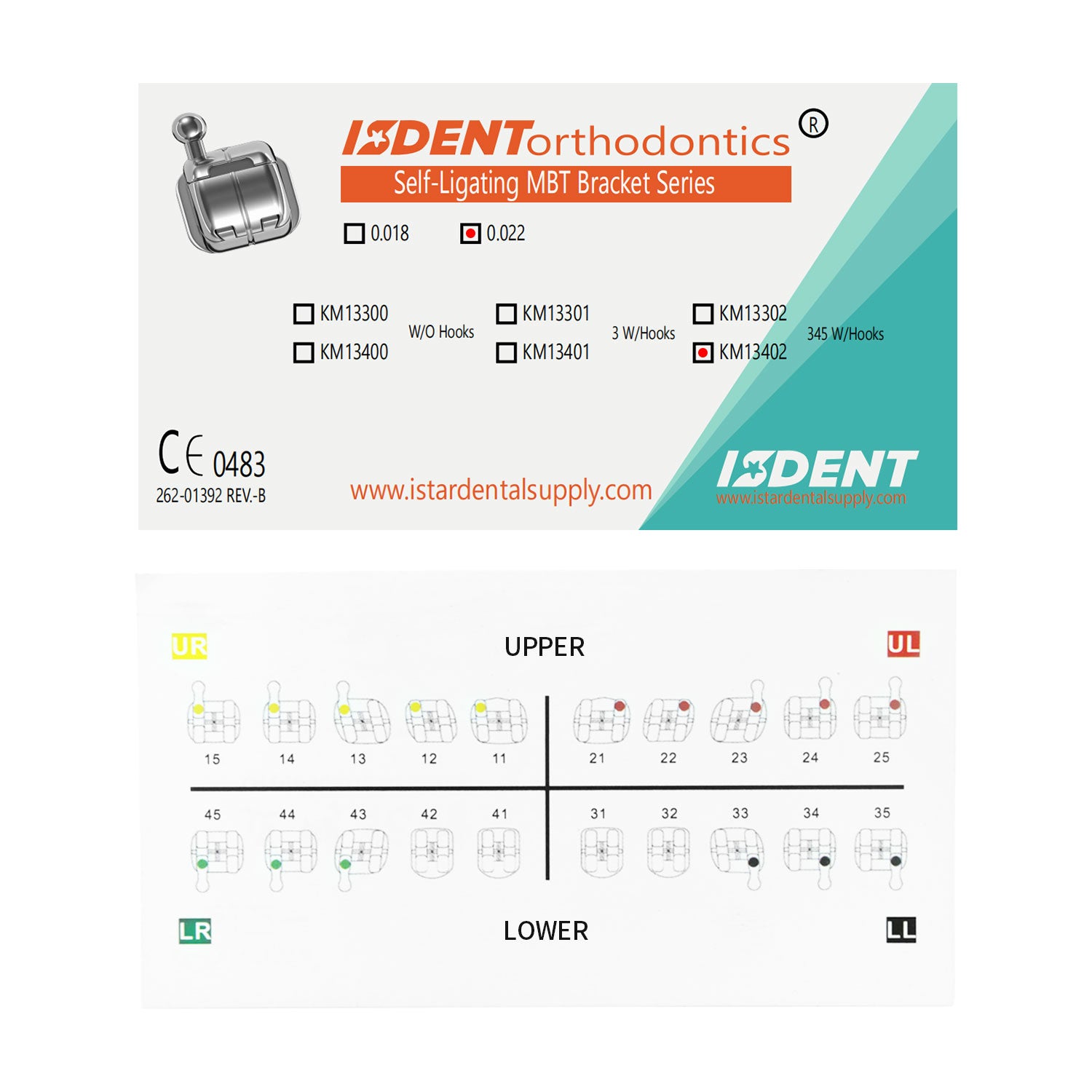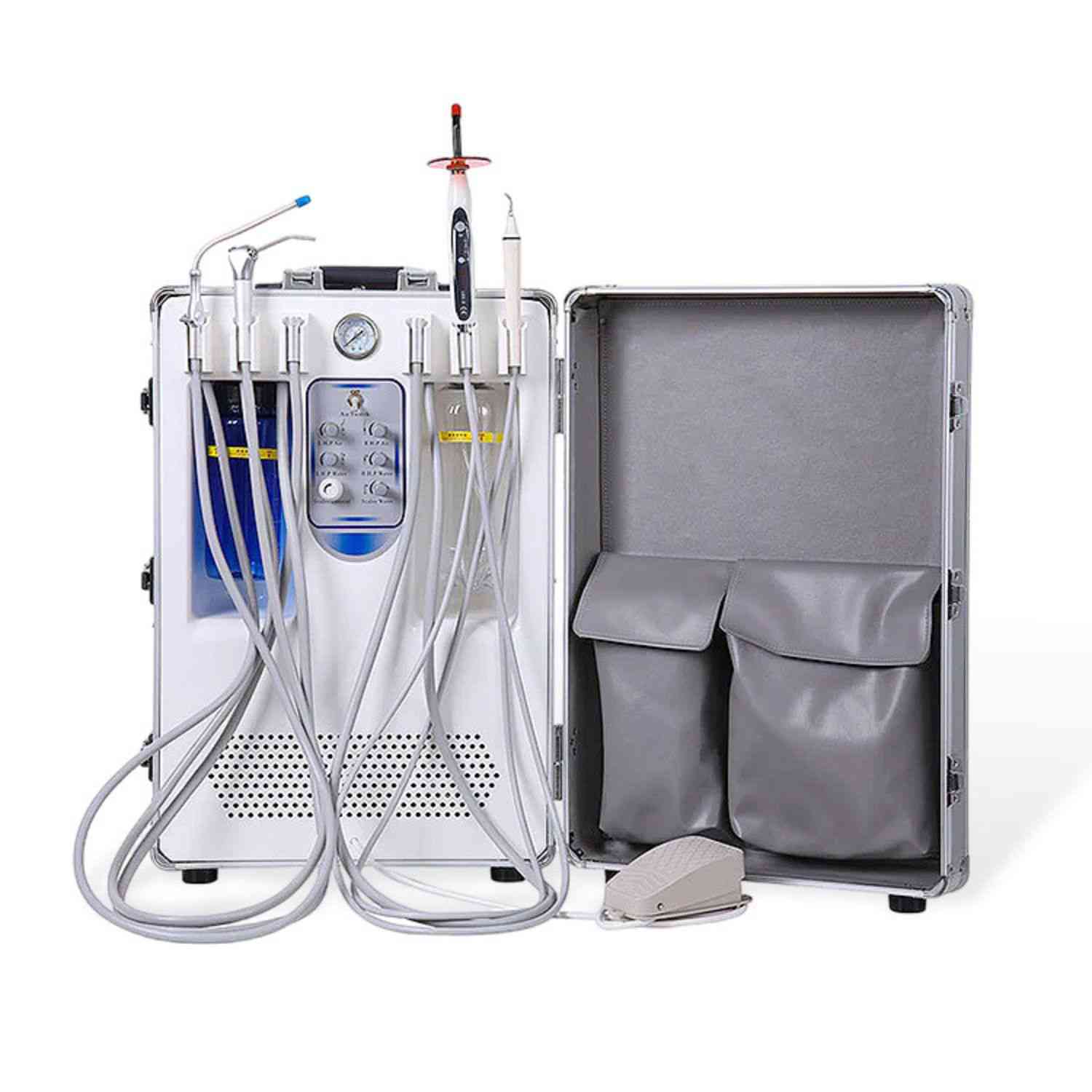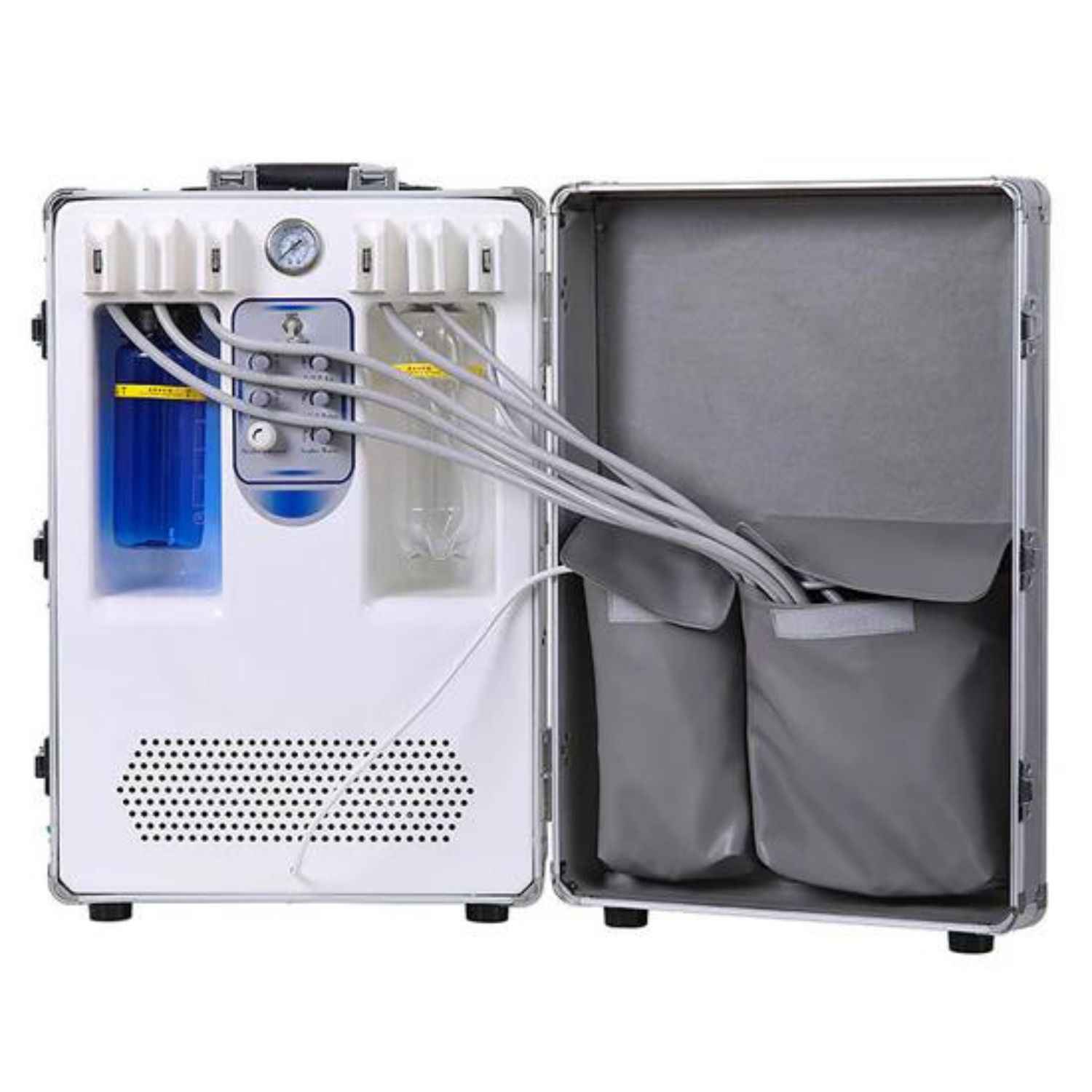The apex locator is a piece of dental equipment that every dental office is equipped with, and here's how it works:
What is an Apex Locator?
An apex locator is an electronic device used in endodontics, the branch of dentistry dealing with the root and pulp of the tooth. It helps determine the working length of the root canal, which is essential for successful root canal treatment. Here's how an apex locator works:
Apex Locator Function
Determining Working Length:
The apex locator helps in measuring the length of the root canal from the coronal portion of the tooth (crown) to the apical foramen.
Accurate measurement is essential to avoid over-instrumentation (which can cause damage to the periapical tissues) or under-instrumentation (which can leave infected tissue behind).
Identifying the Apical Constriction:
The apical constriction, also known as the minor diameter, is the narrowest part of the root canal near the apex. It's the ideal endpoint for cleaning and shaping procedures.
The apex locator helps identify this point, which may not always coincide with the anatomical apex.
Avoiding Overextension:
The device helps prevent the overextension of instruments and filling materials beyond the root apex, which can lead to post-treatment complications like pain or inflammation.
Real-Time Feedback:
Apex locators provide real-time feedback on the position of endodontic instruments within the canal, allowing for precise adjustments during the procedure.
Reduction in X-Ray Usage:
By providing accurate measurements of the root canal length, apex locators reduce the need for multiple radiographs, minimizing radiation exposure to patients.

How Does an Apex Locator Work?
The apex locator functions by measuring the electrical resistance or impedance between the tooth and the surrounding tissues. The device sends a low-intensity electrical signal through the tooth. When the file inside the canal approaches the apex (the tip of the root), there is a change in resistance or impedance, which the device detects and uses to determine the location of the apex.
Electronic Apex Locator of Working Mechanism
Electrode Setup: The apex locator uses two electrodes: one is attached to the file inside the root canal, and the other is attached to the patient's lip or cheek as a reference point.
Electrical Signal: The device sends a low-frequency electrical signal through the tooth. This signal passes through the root canal to the surrounding periodontal ligament and other tissues.
Impedance Measurement: As the file moves closer to the apex, the electrical impedance between the file and the surrounding tissues changes. Apex locators measure this change in impedance.
Display: The device's display shows the distance to the apex, often represented by a visual indicator or numerical reading. As the file approaches the apex, the display typically shows a decreasing distance until it reaches zero, indicating the file has reached the apex.
Confirmation: Once the apex is located, the dentist can confirm the working length of the root canal, ensuring that cleaning, shaping, and filling procedures are accurate and complete.

